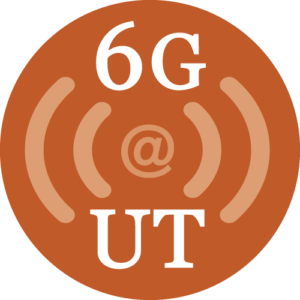“While the Iranian capture of the Sentinel caught public attention, it also allowed researchers to show that spoofing technology has been, and continues to be, closely investigated by a number of military and civilian facilities in the United States.
Probably the leading–or at least the most public–GPS spoofing research center in the U.S. is at the University of Texas at Austin. In April, in response to a Department of Homeland Security (DHS) invitation, a University of Texas team took a commercial unmanned helicopter of the type used by police departments to the DoD White Sands, N.M. proving ground, along with the University’s GPS spoofing system. The helicopter was equipped with an autoflight system directed through GPS inputs, but with a manual control override.”
Continue reading the Aviation International News article.











